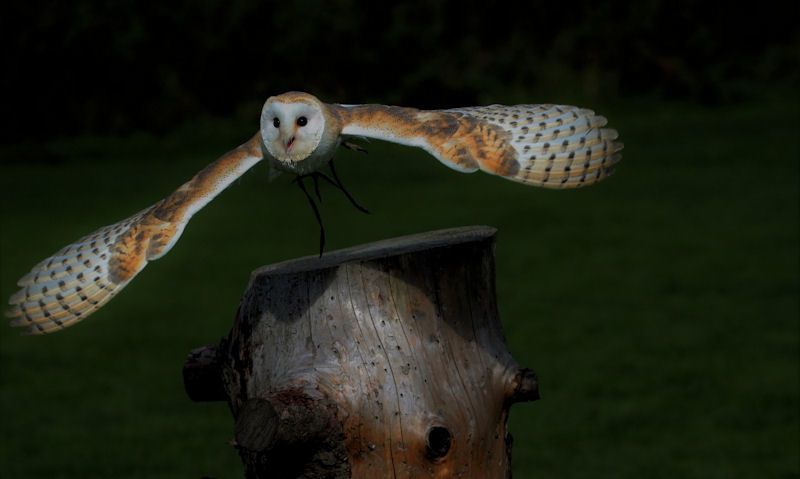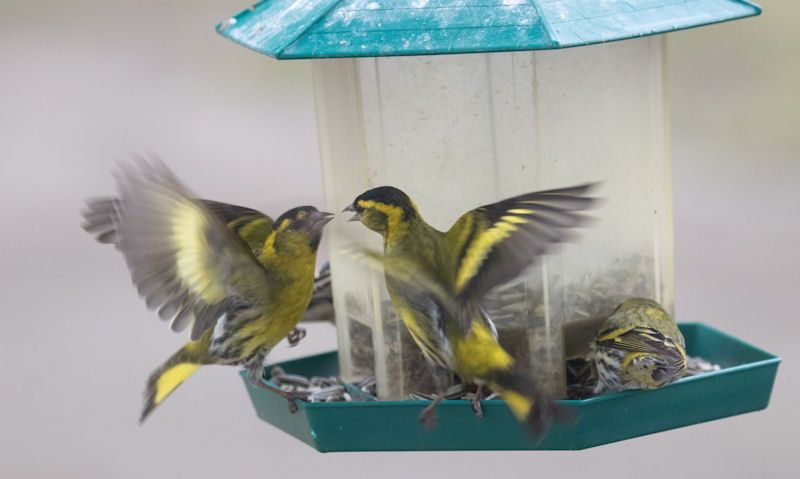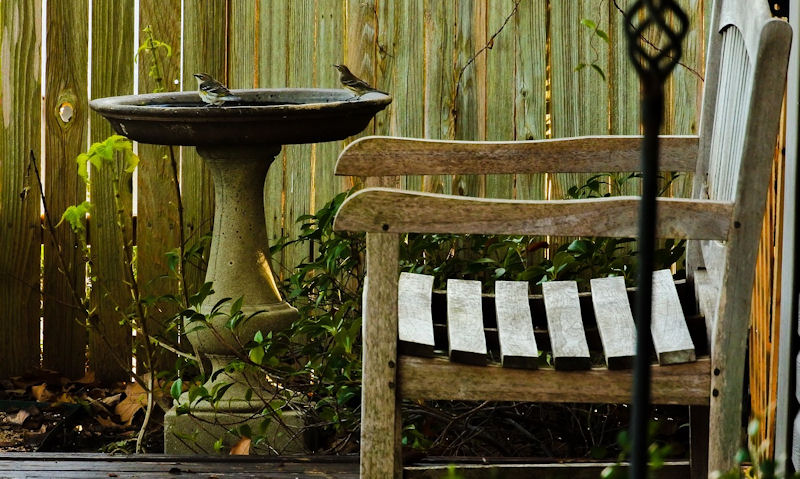Do birds fly at night
Common garden birds who visit our garden during the day cannot fly at night due to how there eyes function in low light or in darkness, well other birds thrive at night time.
Much of the beautiful birds we see in our gardens during the day will head back to there nest to sleep. Unable to see at night, diurnal birds will roost during the night hours, well Owls or Nightjars hunt during the night. However, it is possible for any bird to fly at night if startled.
To understand what birds do at night will help you uncover whether birds fly at night, with research demonstrating they most often than not, don't fly at night.
Instead, this is limited to few bird species who thrive in the dark, well our common small garden birds go for the night to nest or roost in the trees or in the bird box.
As most are diurnal birds, they are unable to see very well at nighttime but they will fly at night if disturbed, or to escape from predators.
In the wild it could be foxes or badgers, well in the suburbs, cats are the biggest problem facing wild birds at night and in the day.
Diurnal vs. nocturnal
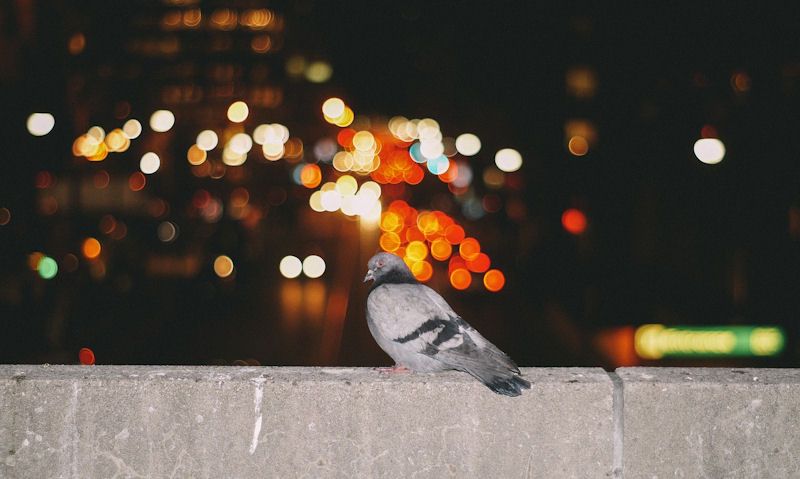
Diurnal refers to birds during the day time only, with all common birds that visit the garden or the wild birds we see further a field during a walk.
This includes Tits, Sparrows, Robins, Wren, Starling, Blackbirds... the lot of them.
As day birds they are unable to see very well in low light, which there eye sight is further impeded as the night falls.
So for most common British birds, these wild birds are likely to stay snuggled up in there nest or roost, rather than risk venturing out at night.
However, in short supply in Britain are nocturnal birds; meaning they're active at night time only so therefore, these birds do fly at night.
Well it mostly refers to birds of prey; owls and nightjars and the most common nocturnal birds in Britain.
Birds of prey spend the night praying on animals across open farmlands and parks.
What birds fly at night
Nocturnal wild birds in the UK extend to Owls, Nightjars and Eastern Whip-poor-wills only, but its not possible to see the later.
Well you're certain to hear the night owl, its not so easy to hear or see the Nightjar; the case of the Eastern Whip-poor-wills in not a bird to be seen in UK.
Ever head a squeaking sound of what appears to be a pigeon passing over you at night? Well this could very well be a woodpigeon.
Pigeons do roost in trees and on building roof tops and eaves, but they can be active at night as they pass through one roosting area to the next.
Its not something pigeons would normally do, but its those areas they choose to rest for the night that often gets disturbed, forcing them to fly away.
Heard a bird at nighttime
The likelihood of hearing a passing bird over your head late in the night could still be a simple case of mistaken identity.
We can assume on most occasions when birds are heard flying at night is in fact a passing, low flying bat.
Perched on built up areas around housing estates, the bat catches flying insects by passing from one house to the next, well zooming in on its pray.
So the low flying, whooshing sound of wings could just be that of a bat.
In any case, this happens close to a nearby street light, so you could see the flight of the bat which is incredibly agile.
Can garden birds see in the dark
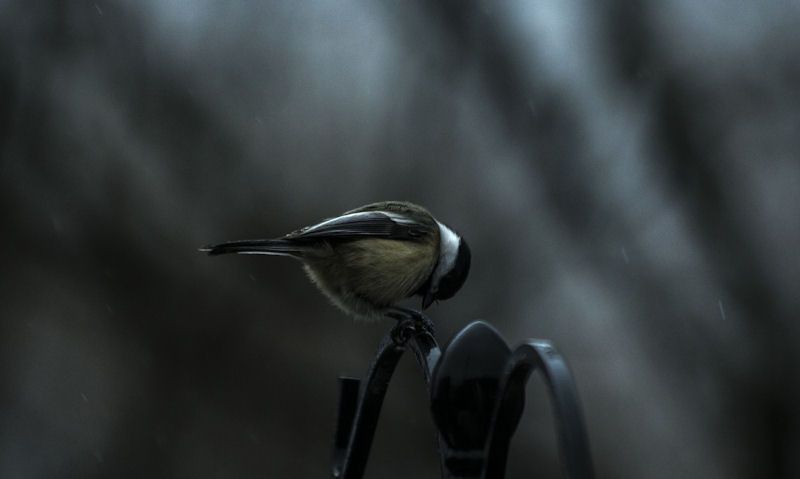
Garden birds cannot see well at night due to the way there eyes react to low light or pitch black, its only in day or bright lighting the eyes open back up.
You see common British garden bird are diurnal, meaning they're daytime bird, taking to there usual nesting box, tree nest or ground to sleep for the night.
Small garden birds that nest in our garden are also likely to be disturbed by cats and occasional the passing dog walker, so its only on these times they will fly away before returning when its all clear.
If you have absolutely sure you've seen a garden bird at night, then perhaps it was just startled and flow away.
Fly at night if startled
Despite most common small garden birds not being able to see in the dark, they are still capable of flying at night, but only if startled.
In built up cities, towns and suburbs, the activity around the birds is never ending, with pets, people and traffic disturbing them throughout the night.
But they've adapted, evolved enough to put up with this noise and movement.
However, often for birds that nest in trees especially they could get disturbed from people below as they fear they're coming closer, so will fly away.
Then if you take the Robin or Wren who nest down further to the ground, they are likely to come into contact with other - sometimes friendly - wildlife that have come to close.
So this will force them out of there nest and fly away, but only a short distance away.
Birds sleeping in your bird box or out in the wild who are currently nesting, may stand there ground as they become protected.
But for birds that nest or roost in our nesting boxes, they are unlikely to by startled in the box as its usually left alone in a quiet spot in the garden.
Robins settle down late
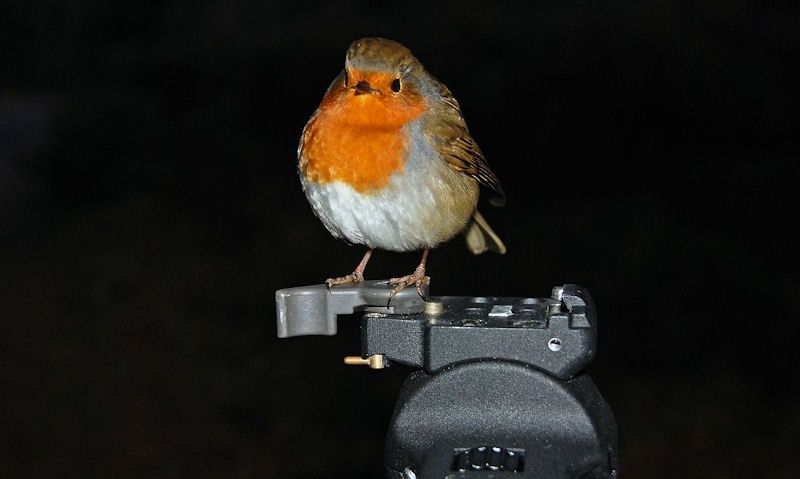
One of the most common night time singers in Britain, Robins are also know to go late into the evening well settling down after low light to dark.
Not a nocturnal bird by any stretch, though Robins will continue to feed under artificial lighting, such as lighting through windows, street lights or porch lights.
And that's only if the conditions are acceptable to feed for natural resources or on a few occasions, feed on the bird table.
This is not a common sight be any means, but it is possible for the Robin to be one of the last wild birds to put there head down.
This will be close to nesting or roosting grounds, as Robins are diurnal birds so it is still difficult for them to see at night, in turn making it even more difficult to fly at night.
Swifts
The common Swift in the UK spends most of its life in the air; feeding, drinking and even sleeping, so therefore, Swifts do fly at night.
Not in a way that would effect or likely be seen by people on the ground.
Spending most of there life in the air, Swifts can climb up to 10,000 feet during this stage, and regularly stay to a height that keeps them well clear of danger closer to the ground.
They don't continue to flap there wings as we know it, but instead ride hot air with there wings spread out, in the progress taking power naps with just a few winks.
Swifts will find thermals and ride them to the highest attitude they can take, and as they slowly descend, they will sleep before doing it all over again.
Pigeons
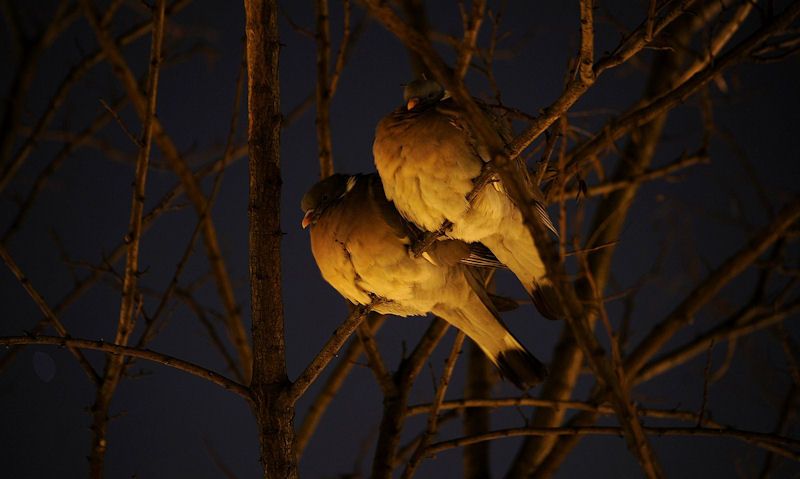
Woodpigeons remain oneof the most active wild birds at night, and well this usually refers to activity on the ground, rather than flying at night.
Still a diurnal bird so it remains hard to see in the dark, though pigeons are known to overcome this hurdle by carrying on as normal.
You're not likely to see a pigeon carrying on at night as they do in the day, any Woodpigeon active at night is usually just disturbed, looking for a place to settle.
